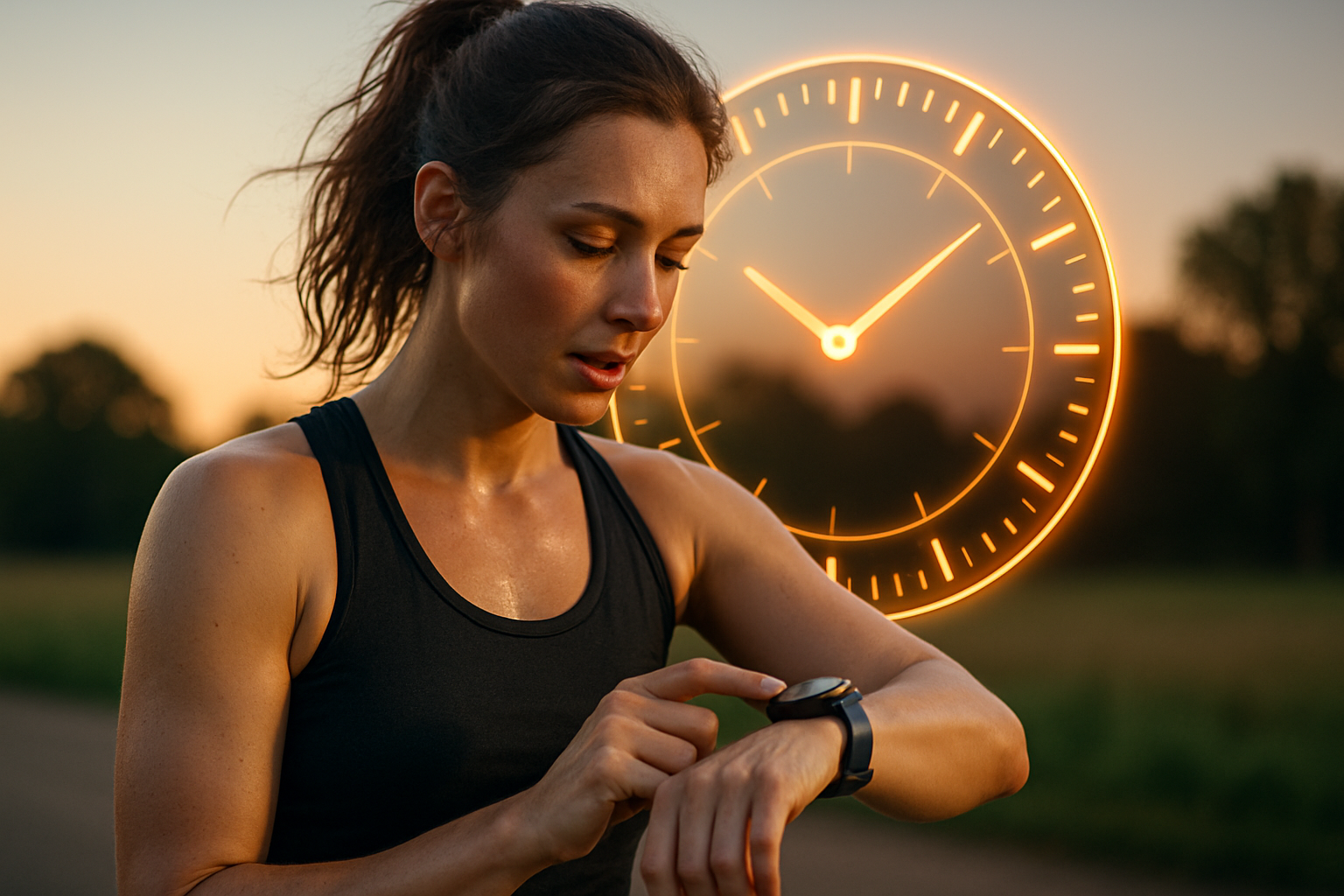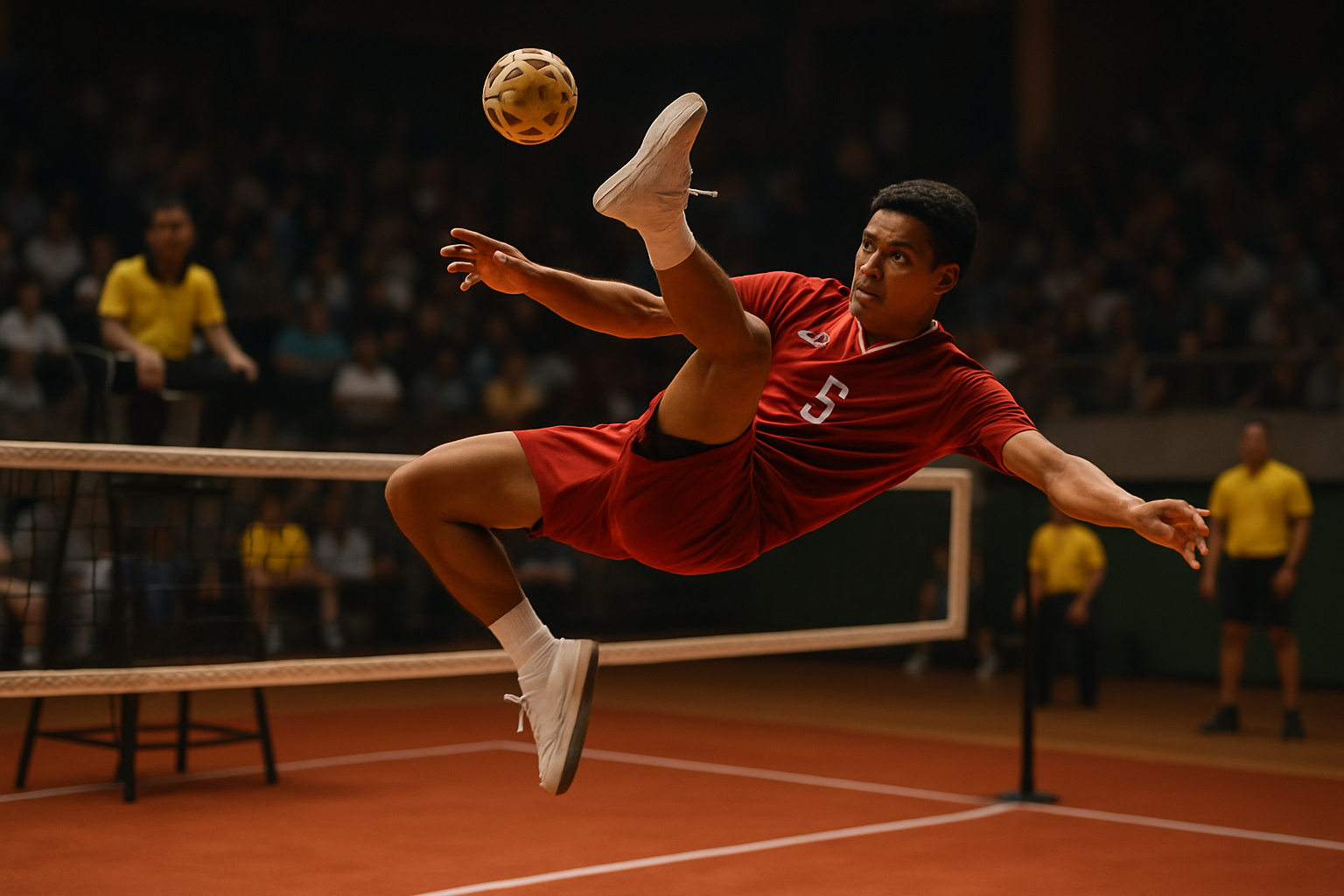Chrono-Fitness: Synchronizing Exercise with Your Body Clock
In the ever-evolving landscape of fitness and wellness, a groundbreaking approach is reshaping how we think about exercise timing. Chrono-fitness, the practice of aligning workouts with our body's natural circadian rhythms, is emerging as a game-changer in the pursuit of optimal health and performance. This innovative concept goes beyond traditional fitness paradigms, delving into the intricate relationship between our internal biological clocks and physical activity. By tapping into the body's natural ebb and flow of hormones, energy levels, and physiological processes throughout the day, chrono-fitness promises to unlock new levels of efficiency and effectiveness in our exercise routines. As we explore this fascinating intersection of chronobiology and exercise science, we'll uncover how timing can be the key to maximizing workout benefits and achieving harmonious well-being.

Mapping Your Personal Chronotype
Not all body clocks tick to the same rhythm. Chronotypes, often described as “larks” (early risers) or “owls” (night owls), play a crucial role in determining an individual’s ideal exercise schedule. Identifying your chronotype involves more than just noting when you naturally wake up or feel most alert. It encompasses a complex interplay of genetic factors, hormonal cycles, and lifestyle habits. Fitness experts are now developing sophisticated assessments to help people pinpoint their unique chronotype and tailor their exercise regimens accordingly.
Morning Workouts: Harnessing the Power of Cortisol
For many, the early morning hours represent a prime opportunity for exercise. This is largely due to the natural spike in cortisol, often called the “stress hormone,” which occurs upon waking. While cortisol has gained a negative reputation in some circles, its morning surge can be beneficial for exercise. It helps mobilize energy stores and increases alertness, potentially enhancing performance in cardiovascular activities. Moreover, morning workouts have been linked to improved mood throughout the day and better sleep quality at night, creating a positive cycle of well-being.
Afternoon Exercise: Riding the Wave of Peak Performance
As the day progresses, our bodies undergo significant changes that can impact exercise performance. Core body temperature rises, muscle strength increases, and reaction times improve, all of which peak in the late afternoon to early evening. This physiological sweet spot makes it an ideal time for high-intensity workouts, strength training, and activities requiring precise coordination. Athletes and fitness enthusiasts who align their most challenging workouts with this window often report improved performance and reduced risk of injury.
Evening Workouts: The Relaxation Response
Contrary to popular belief, evening exercise can be beneficial for many individuals, particularly those with “owl” chronotypes. While intense workouts close to bedtime may disrupt sleep for some, moderate-intensity exercise in the early evening can have a relaxing effect. This is partly due to the natural dip in cortisol levels and the rise in melatonin production as night approaches. Activities like yoga, stretching, or light resistance training during this time can promote relaxation and prepare the body for restful sleep.
Optimizing Nutrition for Chrono-Fitness
The timing of nutrient intake plays a crucial role in maximizing the benefits of chrono-fitness. The body’s ability to process and utilize different macronutrients varies throughout the day, influenced by circadian rhythms and hormonal fluctuations. For instance, insulin sensitivity is typically highest in the morning, making it an optimal time for carbohydrate consumption. Protein synthesis rates also vary, with some studies suggesting that evening protein intake may be more effective for muscle growth and repair. By synchronizing nutrition with both workout timing and the body’s natural metabolic rhythms, individuals can enhance their fitness outcomes and overall health.
Adapting Chrono-Fitness to Modern Lifestyles
While the principles of chrono-fitness are rooted in our biological rhythms, modern life often presents challenges to their implementation. Shift work, jet lag, and irregular schedules can disrupt our natural circadian patterns. However, fitness experts are developing strategies to help individuals adapt chrono-fitness concepts to their unique circumstances. This may involve gradual shifts in workout timing, strategic use of light exposure, and personalized nutrition plans. The goal is to create a flexible approach that allows people to reap the benefits of chrono-fitness while navigating the demands of contemporary life.
The Future of Chrono-Fitness: Wearable Technology and AI
As chrono-fitness gains traction, the fitness industry is responding with innovative technologies to support its implementation. Advanced wearable devices now offer real-time monitoring of biomarkers related to circadian rhythms, such as heart rate variability and body temperature fluctuations. Artificial intelligence algorithms are being developed to analyze this data and provide personalized recommendations for optimal workout timing and intensity. These technological advancements promise to make chrono-fitness more accessible and effective for a broader audience, potentially revolutionizing how we approach exercise and wellness.
In conclusion, chrono-fitness represents a paradigm shift in our approach to exercise and well-being. By aligning our workouts with our body’s natural rhythms, we can unlock new levels of performance, recovery, and overall health. As research in this field continues to evolve, and technology advances to support its application, chrono-fitness is poised to become an integral part of holistic wellness strategies. Whether you’re an elite athlete or a casual fitness enthusiast, understanding and harnessing the power of your body clock may be the key to achieving your health and fitness goals more efficiently and enjoyably than ever before.





